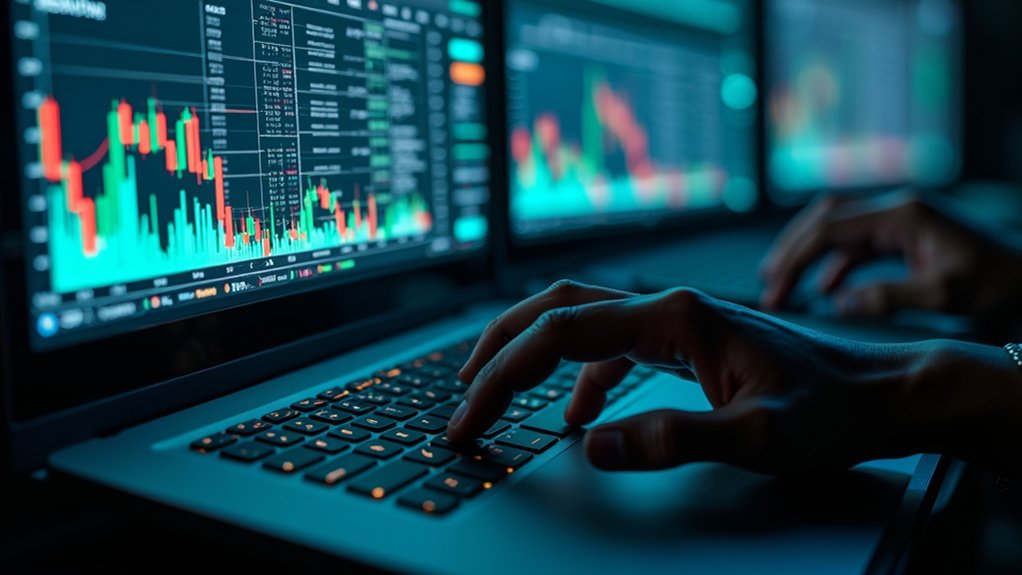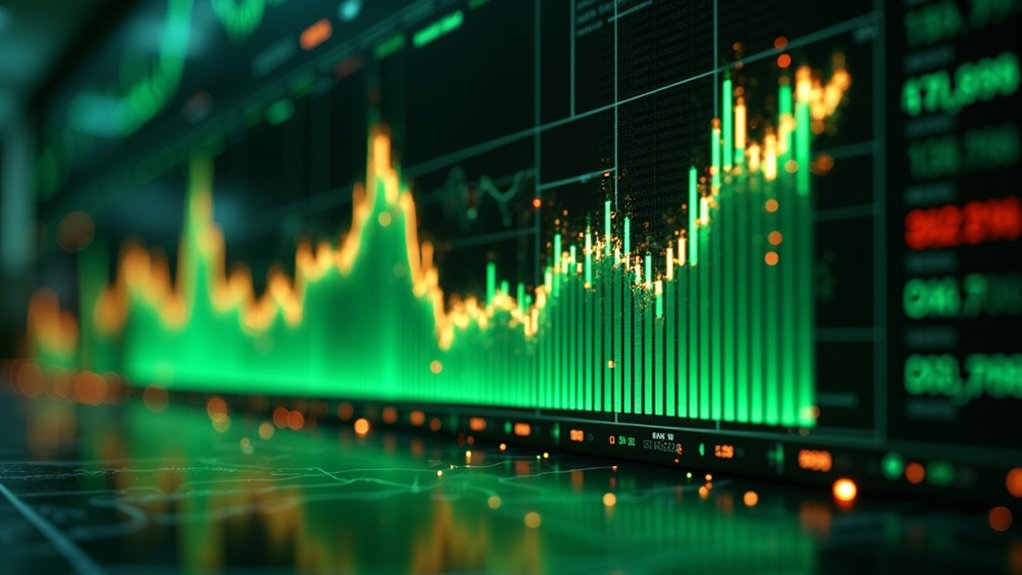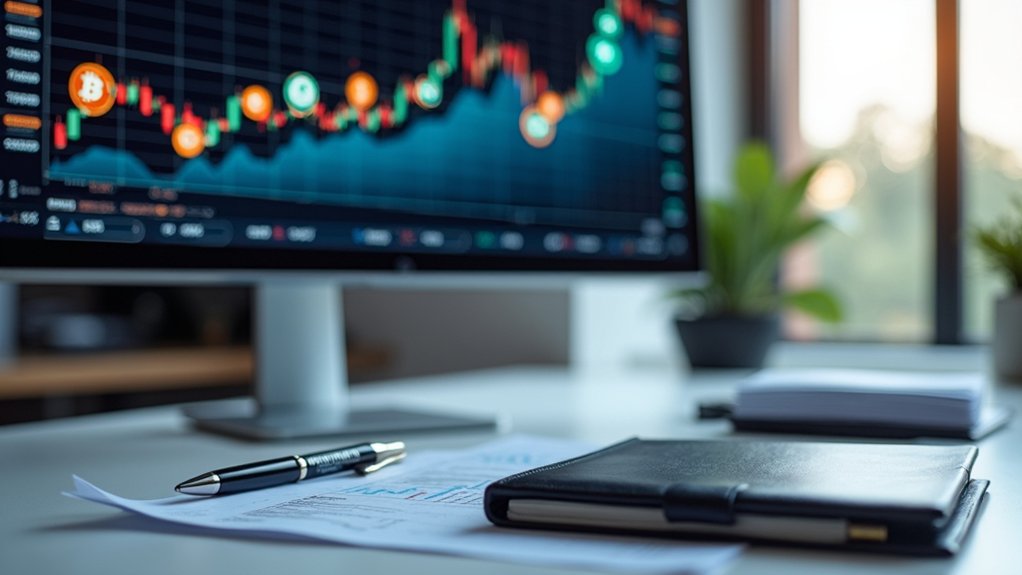How much of the purported frenzy on Pump.fun and LetsBonk can truly be credited to genuine investor enthusiasm, rather than the relentless machinations of trading bots camouflaging as market participants? The answer, increasingly clear yet inconvenient, points toward a disturbing prevalence of market manipulation through automated trading. These bots, masquerading as enthusiastic buyers and sellers, artificially inflate trading volumes to manufacture a mirage of momentum, exploiting retail traders’ fear of missing out with a precision that no human hype machine could replicate. On platforms like Pump.fun, where up to 80% of token trades stem from such algorithmic chicanery, the line between vibrant market activity and engineered chaos blurs into oblivion. On-chain data reveals that these bots act as proxy traders, executing dozens of small trades rapidly to create the illusion of genuine demand.
Pump.fun’s historical dominance in the Solana meme coin arena, bolstered by a robust community of 139,000 active addresses, is no longer the uncontested standard; LetsBonk’s recent surge in daily trading volume—clocking an eye-popping $86 million—and its surpassing of Pump.fun’s daily revenue, demonstrate a battlefront where raw, bot-driven volume often trumps genuine engagement. This shift has allowed LetsBonk to command nearly 50% market share in the Solana meme coin ecosystem. However, the reliance on automated trading highlights inherent scalability constraints in processing genuine transaction speeds and network congestion, distorting the true market dynamics.
Such manipulation does more than skew numbers; it erodes trust, inviting reckless speculation and unsustainable price swings that leave genuine participants holding the bag. While both platforms reap millions in revenue, the question remains: at what cost? The veneer of vibrant market activity, polished by bots, demands not just scrutiny but urgent accountability—lest the Solana meme coin market devolves into a playground for automated profiteers, leaving real investors as collateral damage in an illusory frenzy.








